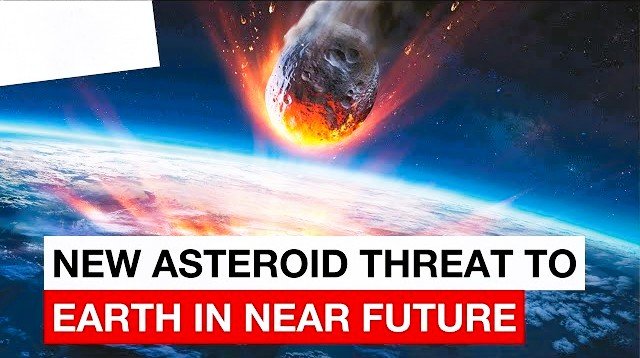Potential Impact Threat: High-Risk Asteroid Monitored for 2032 Collision
Expert warns odds of impact at 1 in 67 – emergency deflection measures may be needed
The European Space Agency recently reported that a space rock has a 1 in 83 chance of striking Earth in just over seven years. However, further observations have led to updated estimates that suggest the probability of a collision in 2032 is now 1 in 67.
In an exclusive interview, astronomer David White House emphasized the seriousness of the situation. “We only have another couple of months to observe this rock before it goes out of sight,” he noted. “Its orbit will soon be refined, and while it may eventually show a very low probability of impact, if it remains around one in 67—or even one in 100—we face a significant problem.”
White House explained that if the threat persists, emergency deflection measures might need to be considered as early as 2028. “Should the rock not disappear as a risk, our only chance to nudge it off course would be in 2028,” he added. Potential strategies include directing a spacecraft to impact the asteroid and alter its trajectory, or, if necessary, employing a nuclear device to achieve a deflection.
He stressed that while asteroids are regularly discovered—with many objects initially showing only a minuscule probability of impact—the current odds for this particular rock are alarmingly high in comparison. “We buy lottery tickets with chances of one in 14 million, so a risk of one in 67 is simply unacceptable to ignore,” he remarked.
Despite the worrying statistics, White House noted that the object may well “go away” once more data refines its orbit. Nonetheless, its detection in December last year marks it as one of the highest probability impactors ever observed. As with past near-Earth events, such as the Siberian explosion of 1908, even a slight miscalculation could lead to catastrophic consequences.
Scientists are now closely monitoring the rock with both ground-based observatories and space telescopes, including the James Webb Space Telescope. Their goal is to gather detailed information on its surface structure, composition, and precise orbital path. Such data will be critical in determining whether intervention measures become necessary.
As further observations are made over the coming months, the hope is that the refined orbit will lower the threat level. Until then, experts stress the need for vigilance and proactive planning in the realm of planetary defense.

